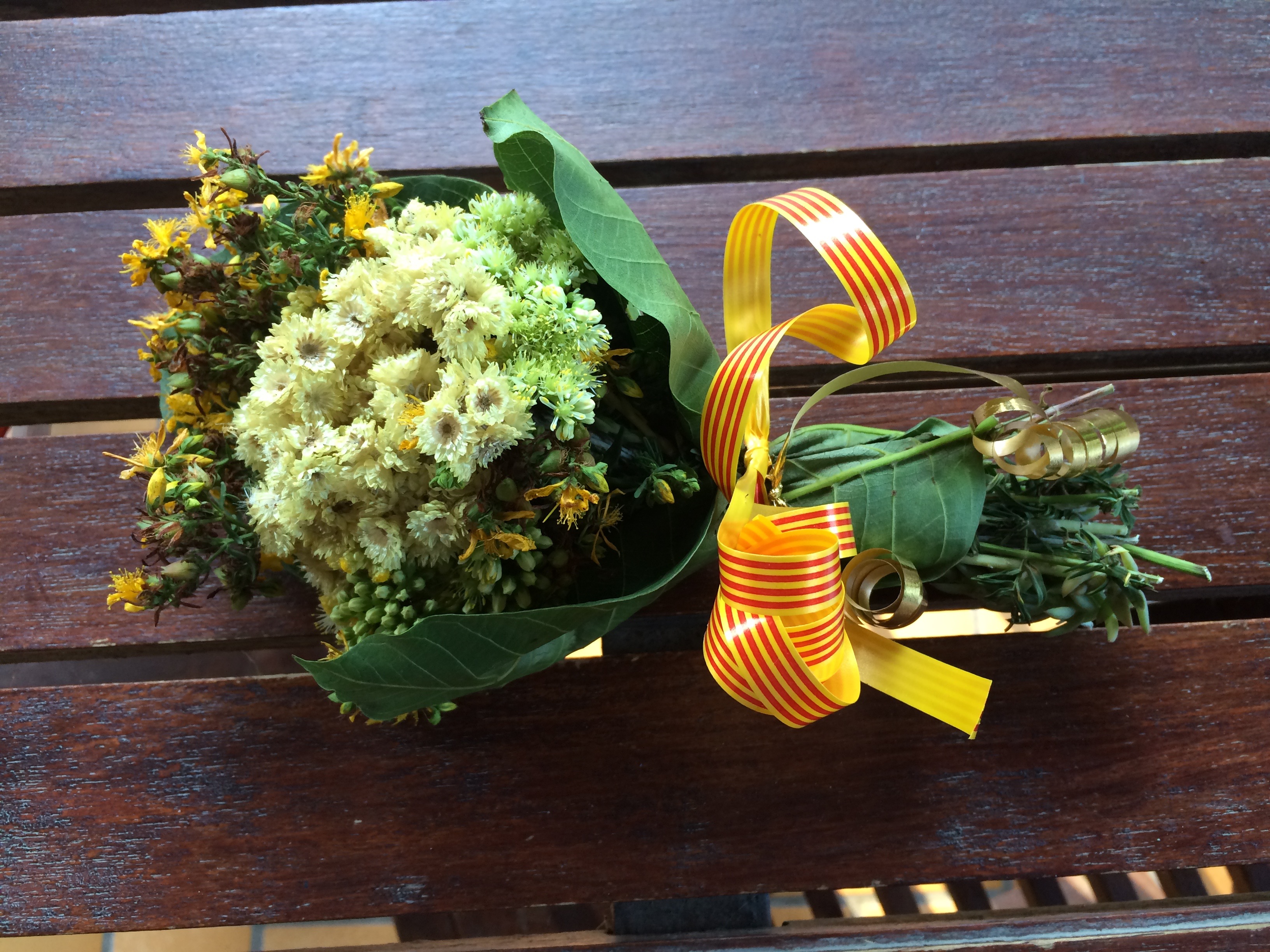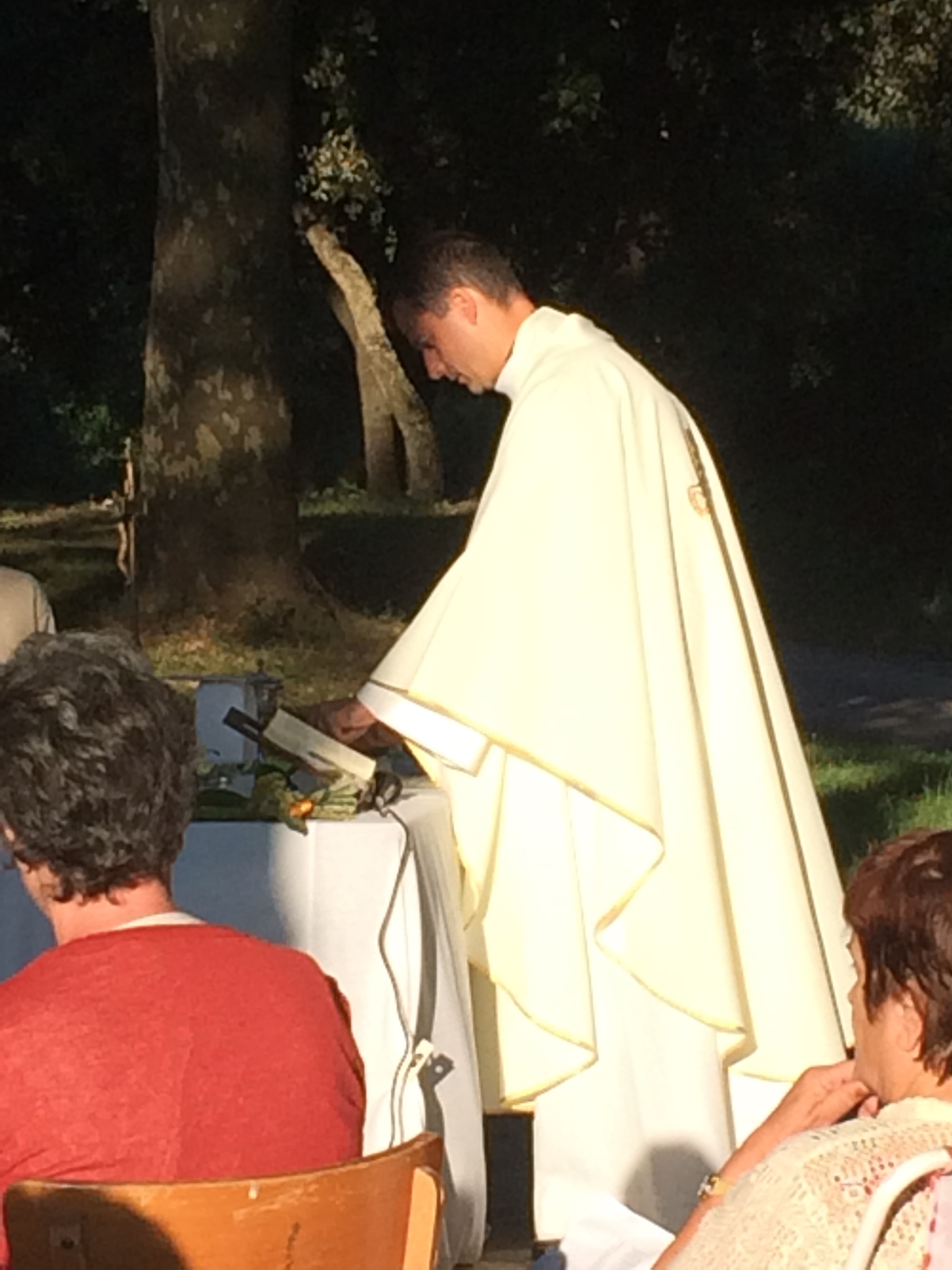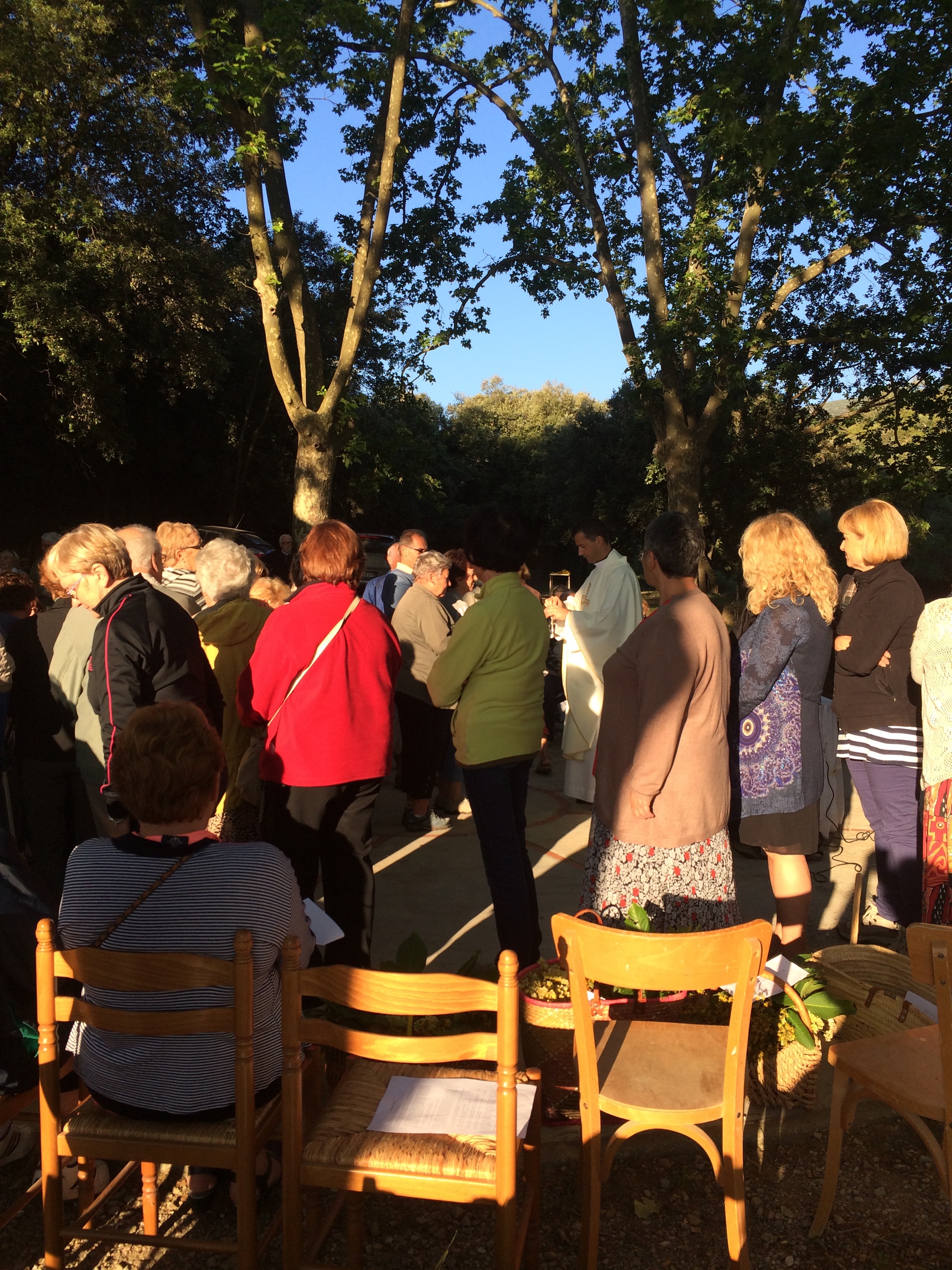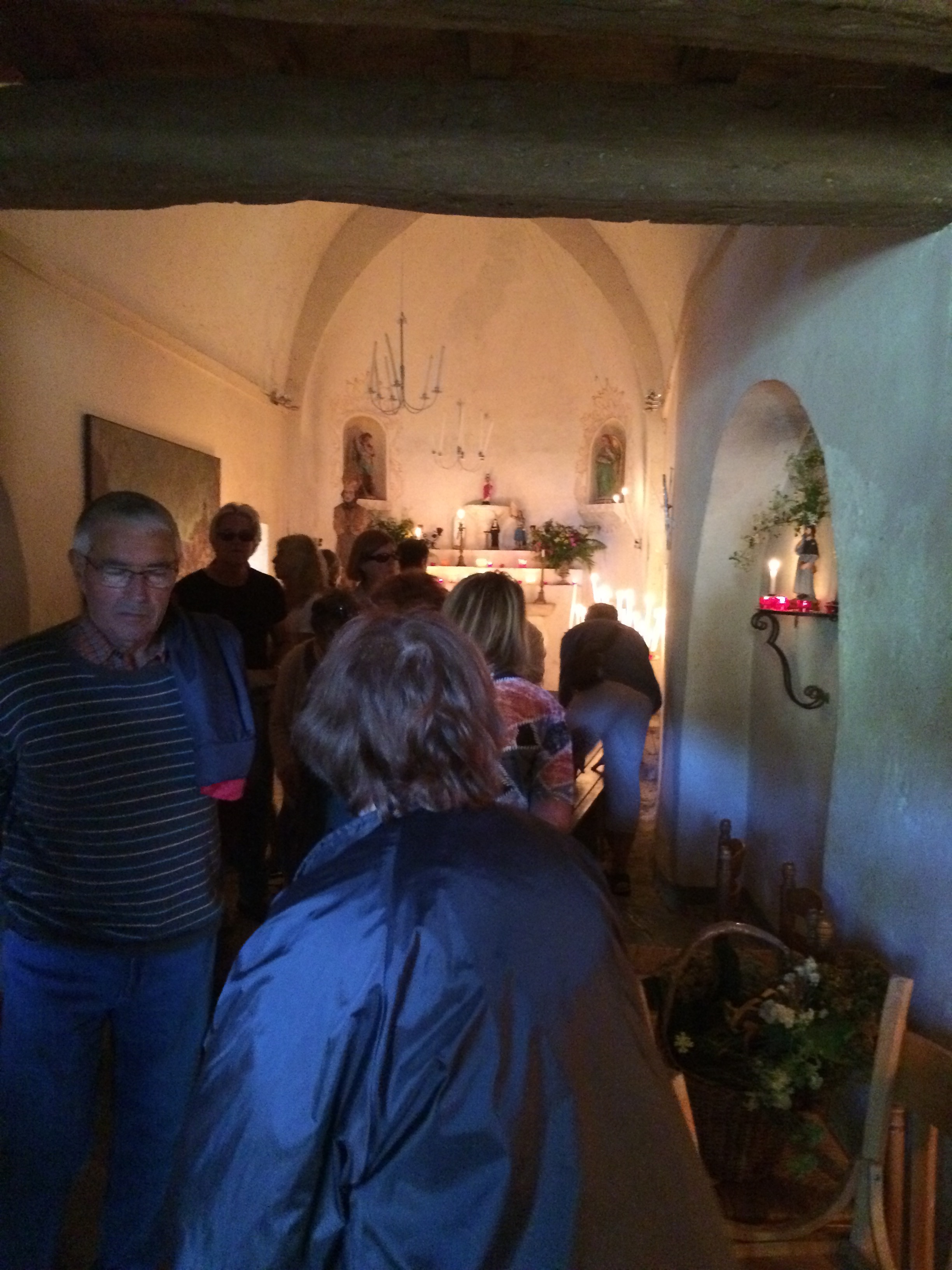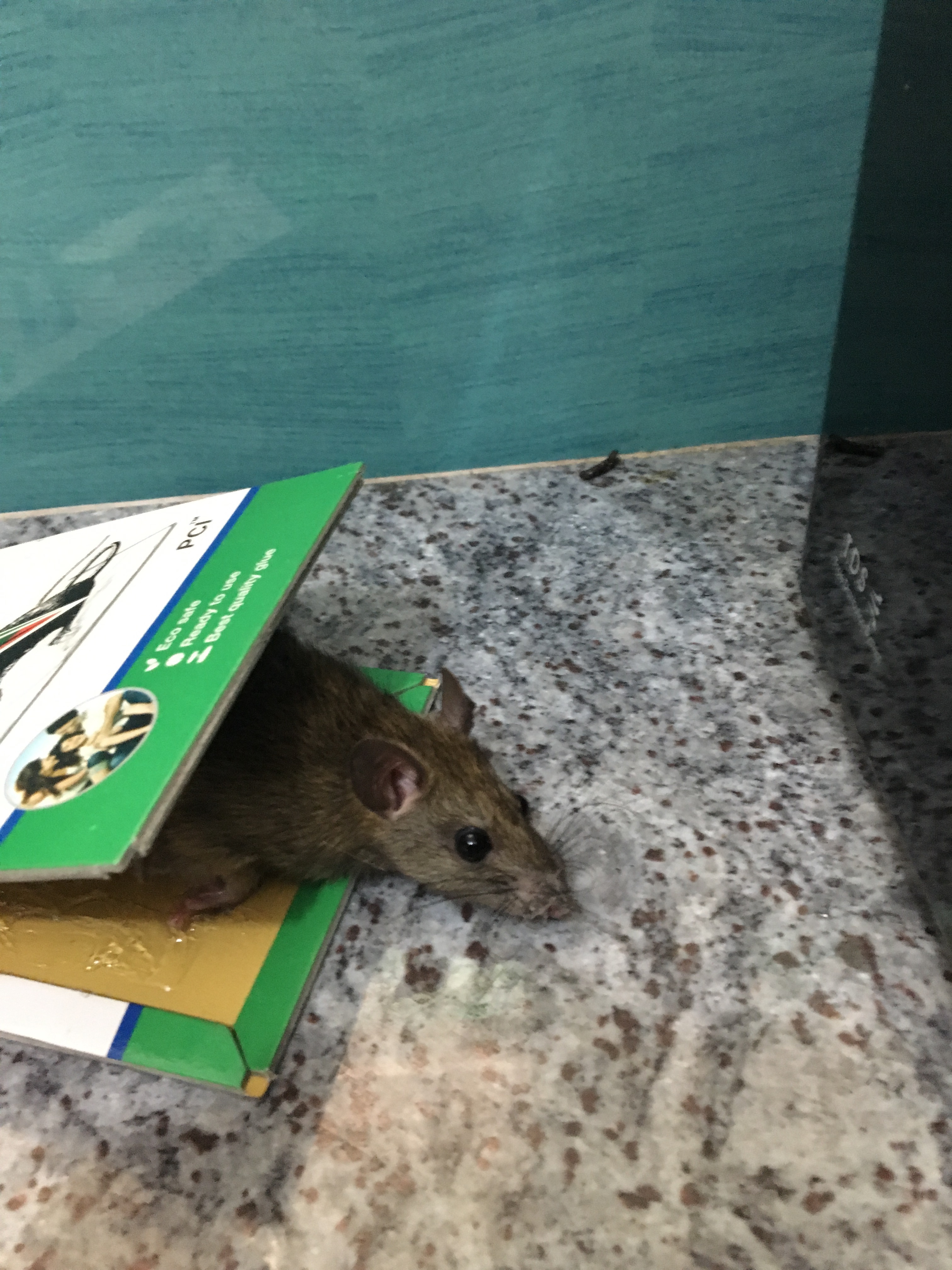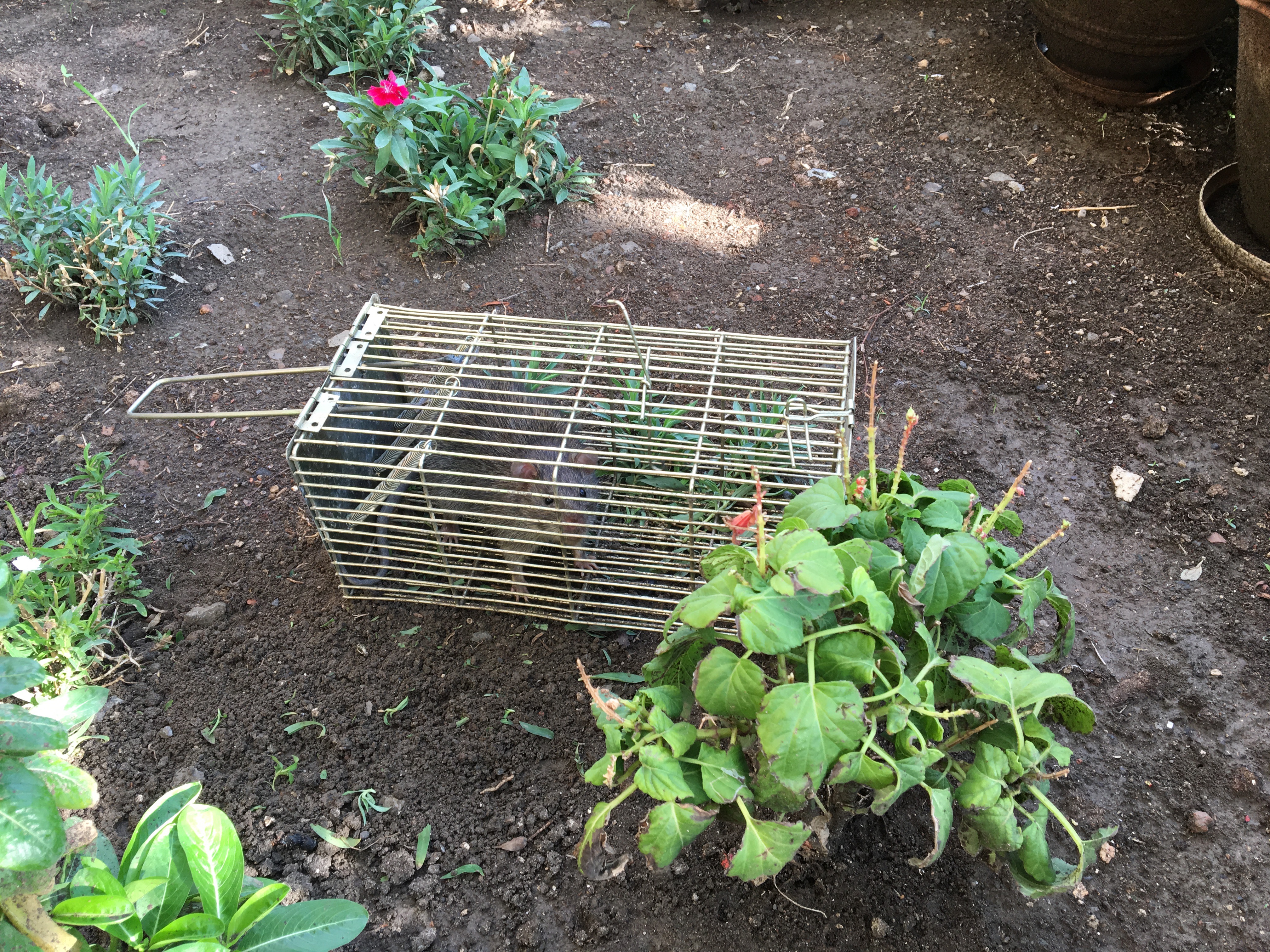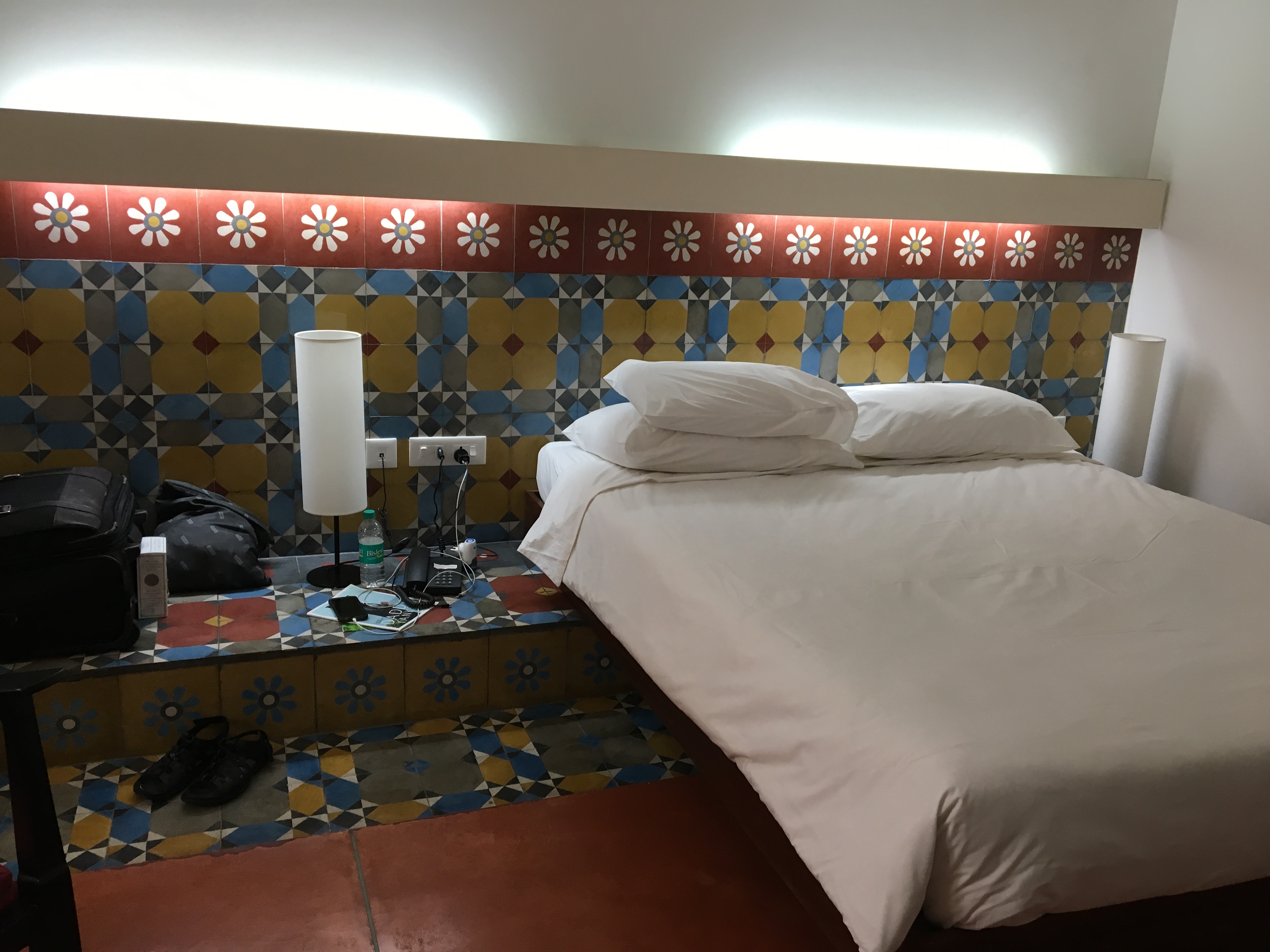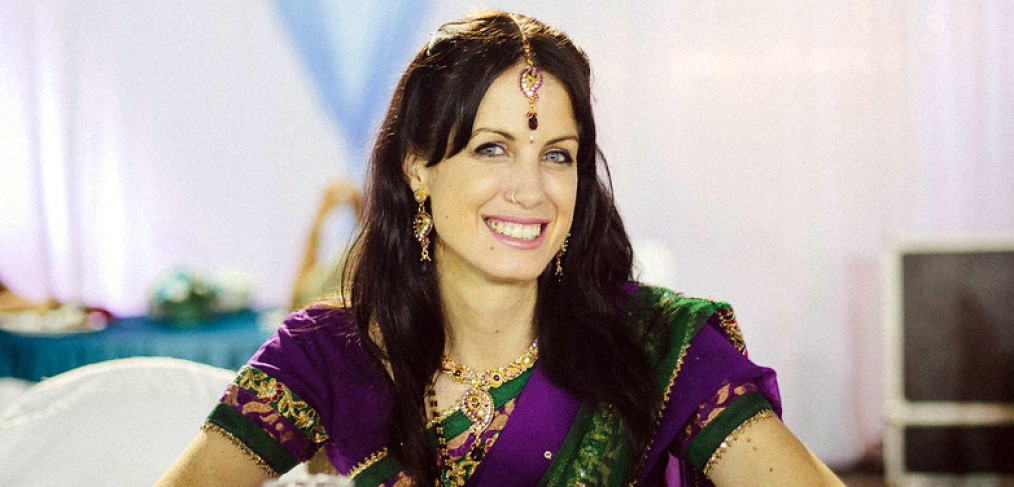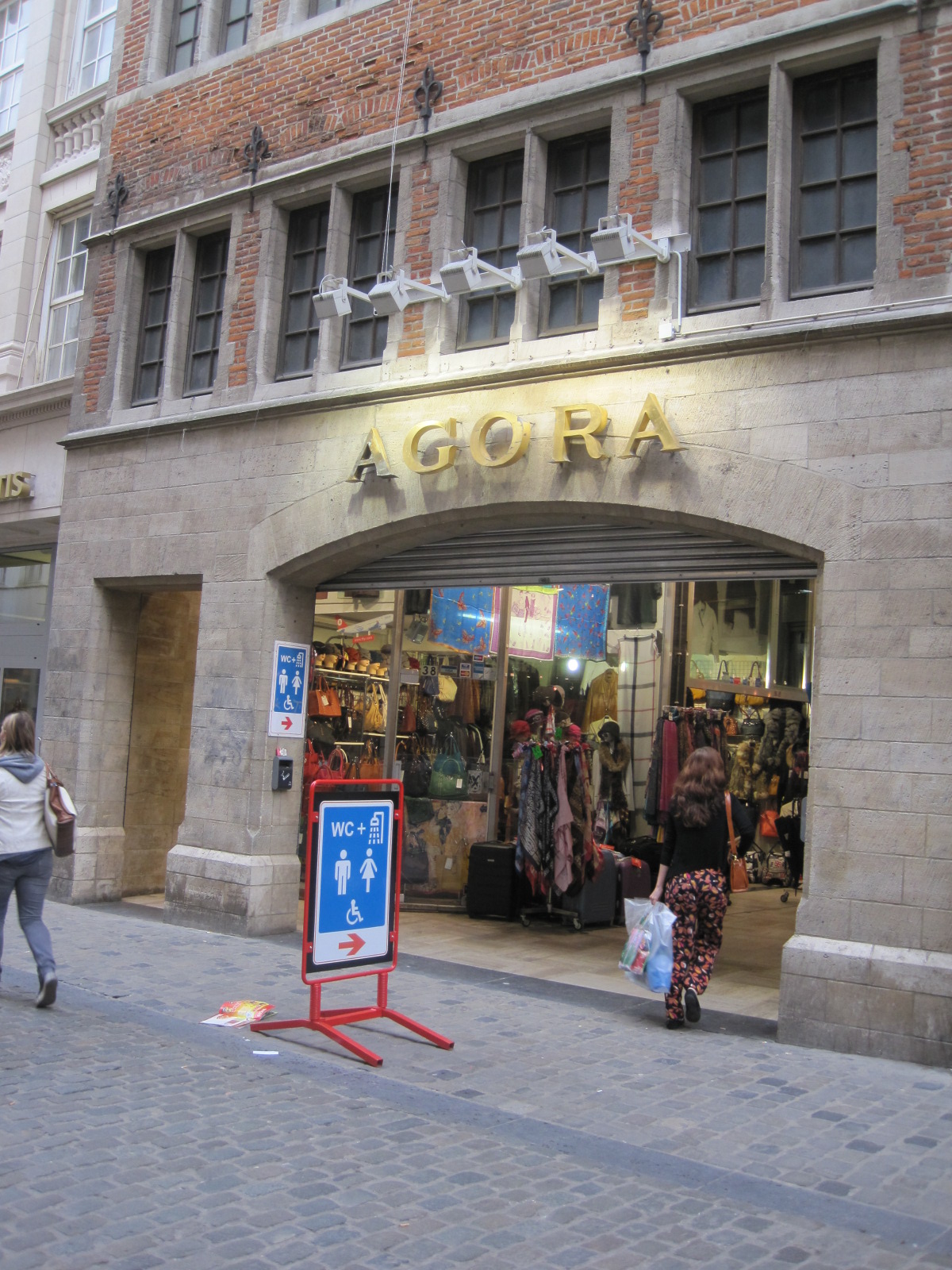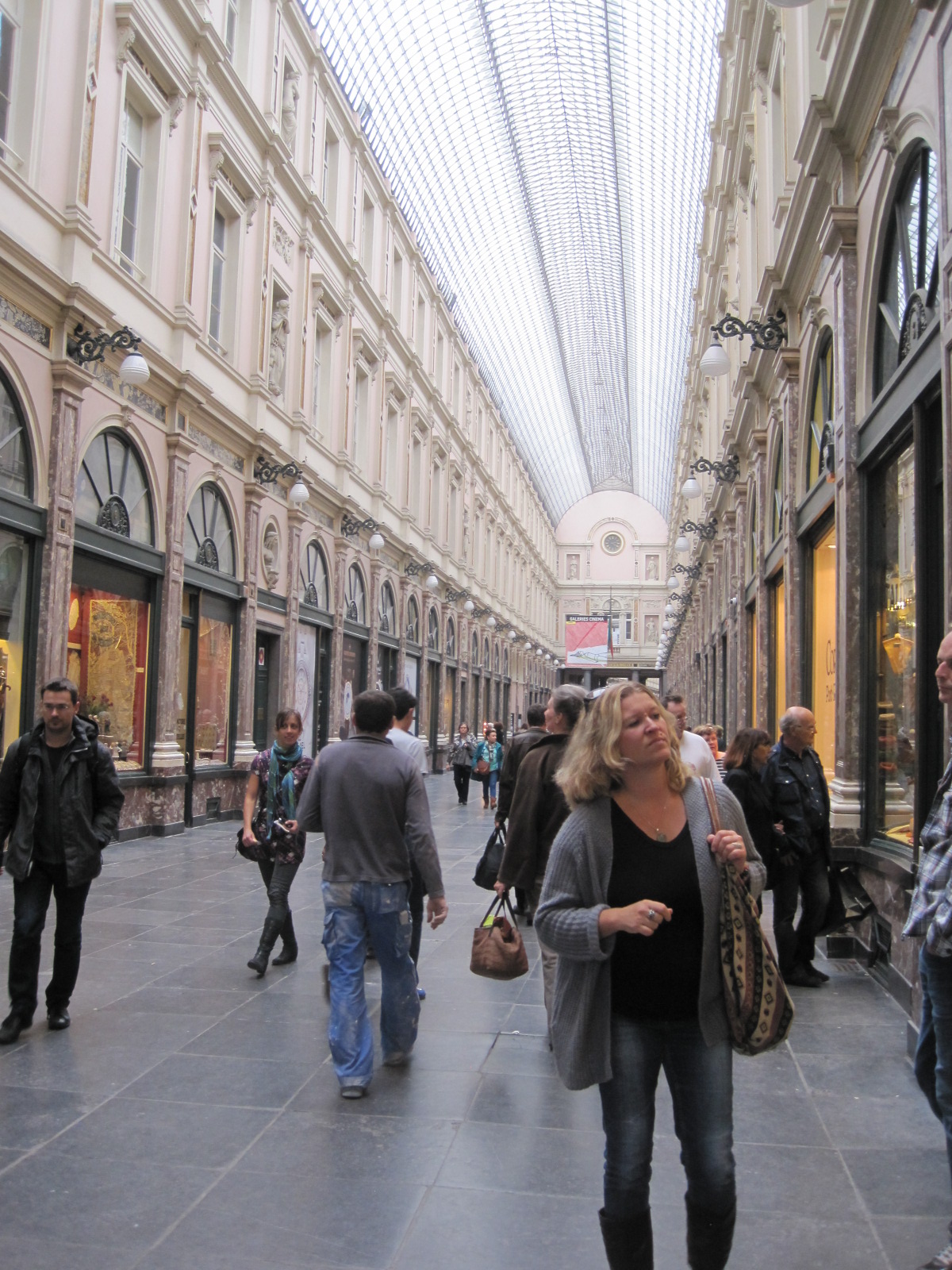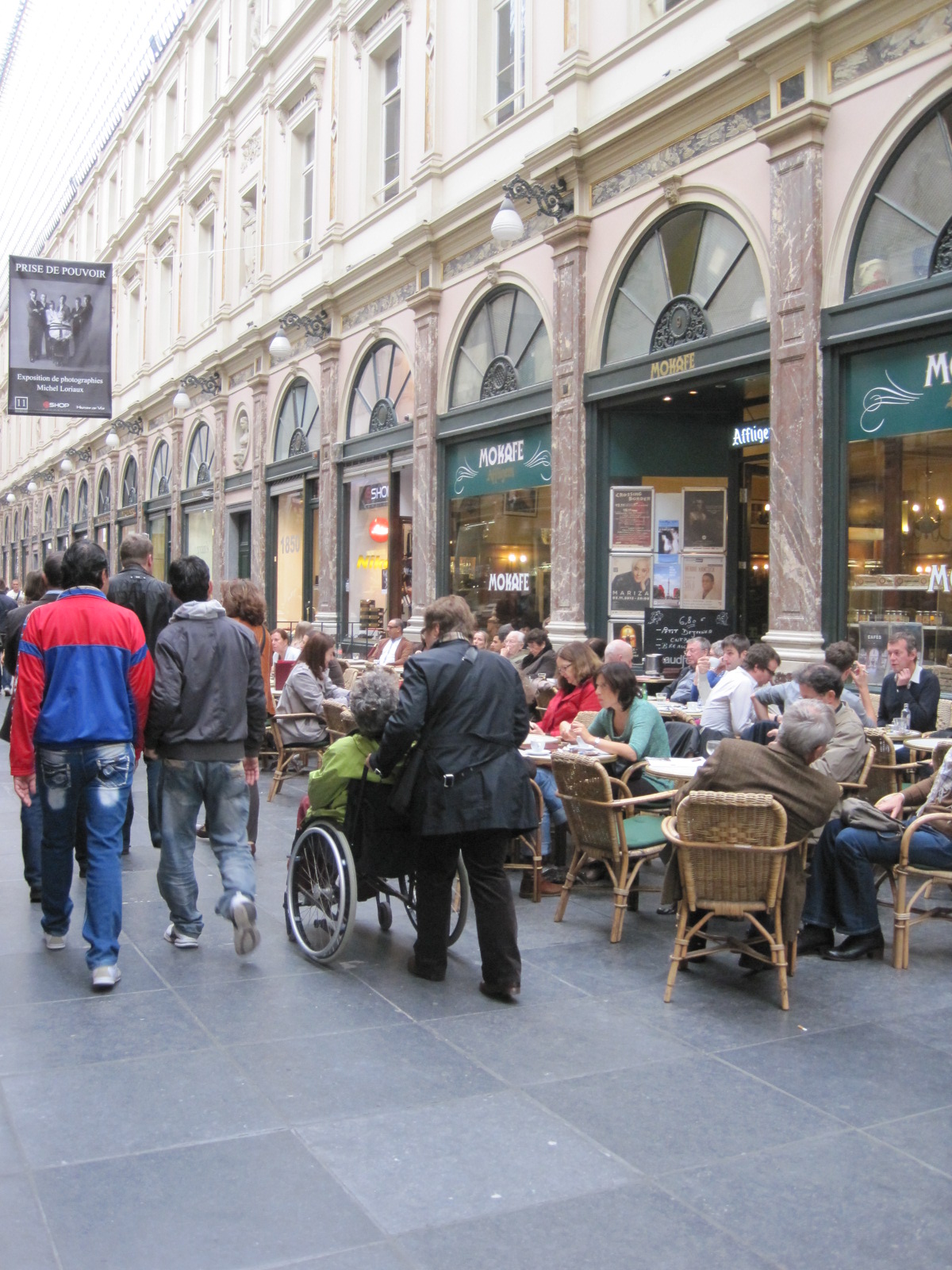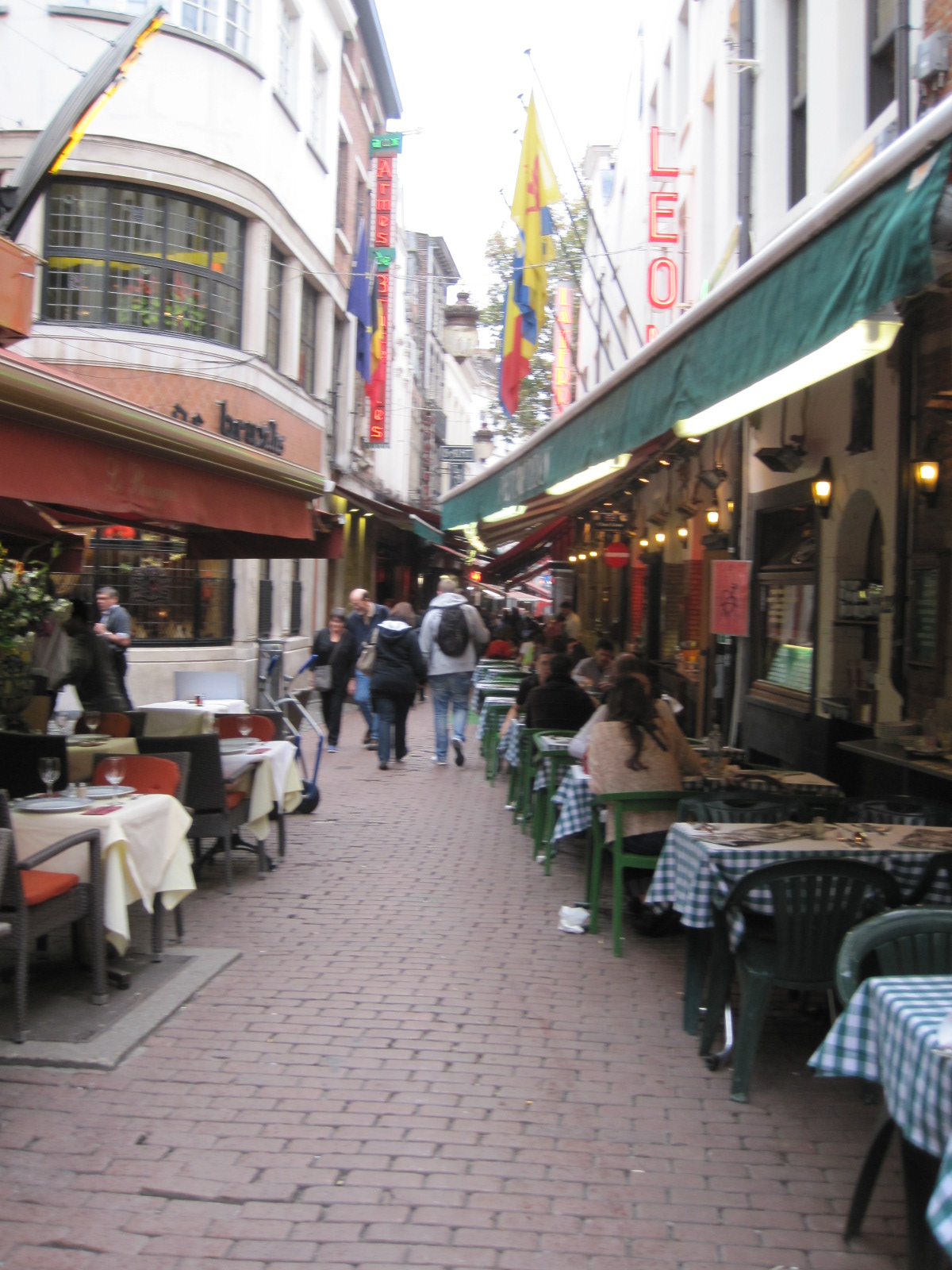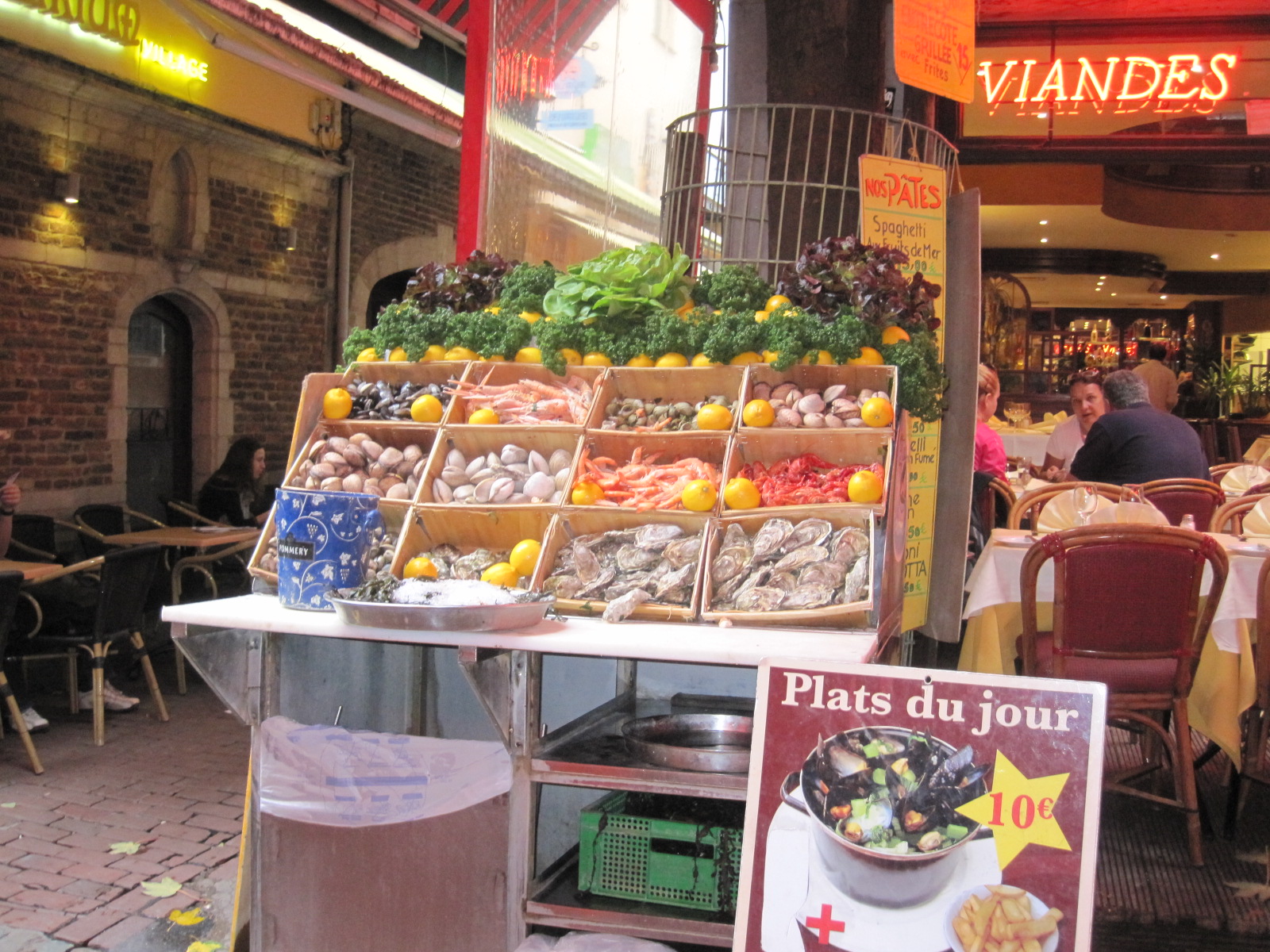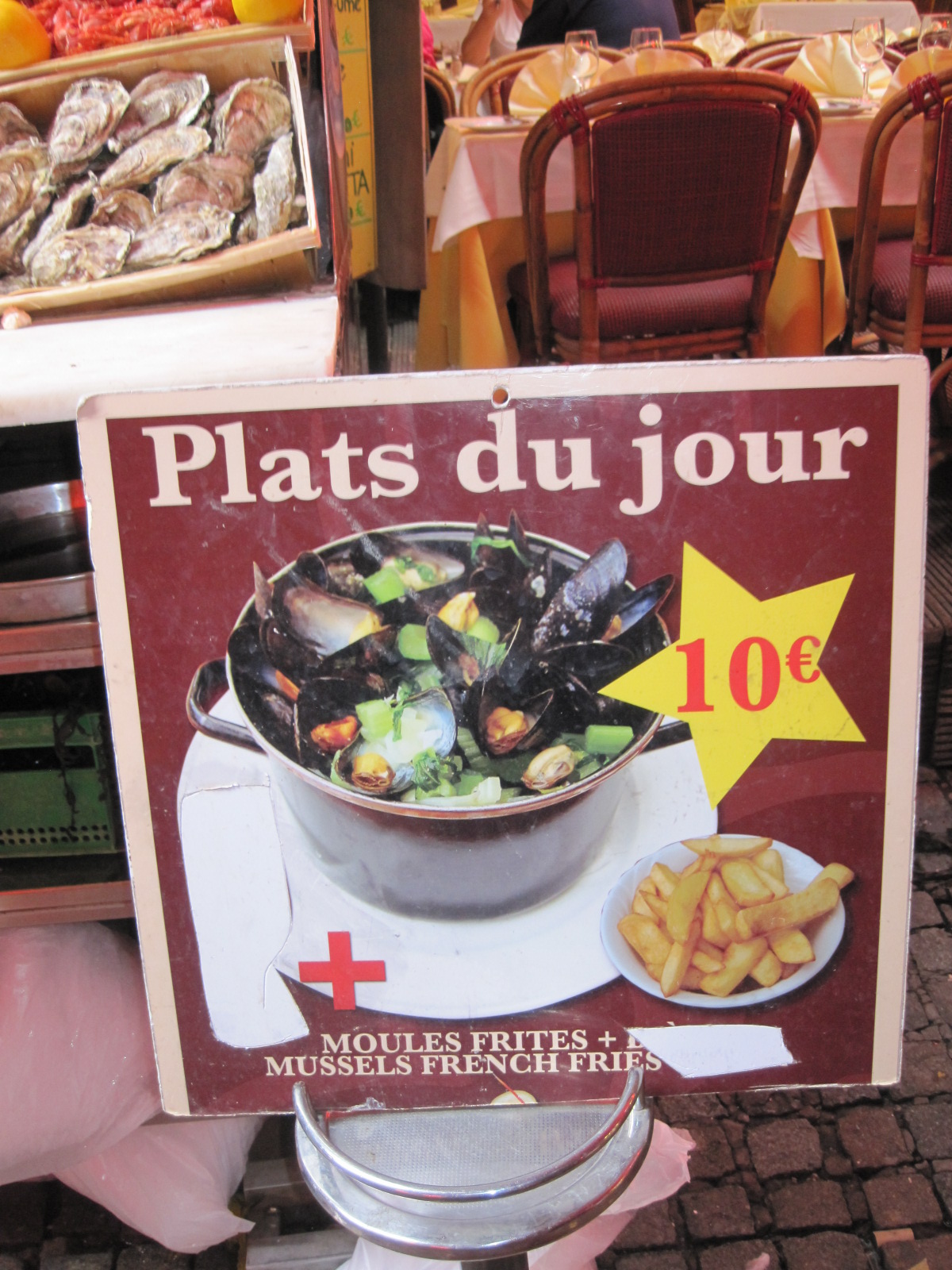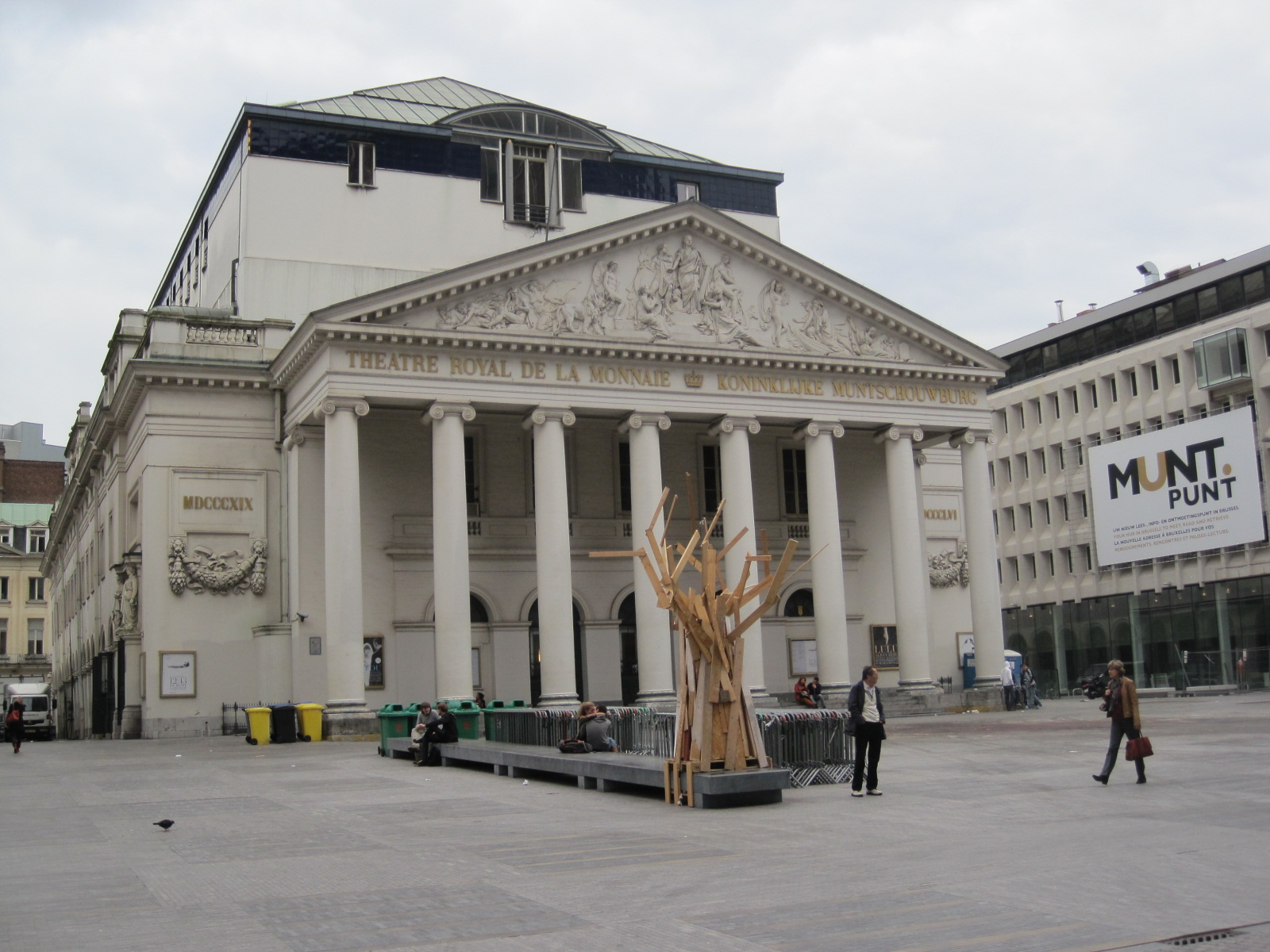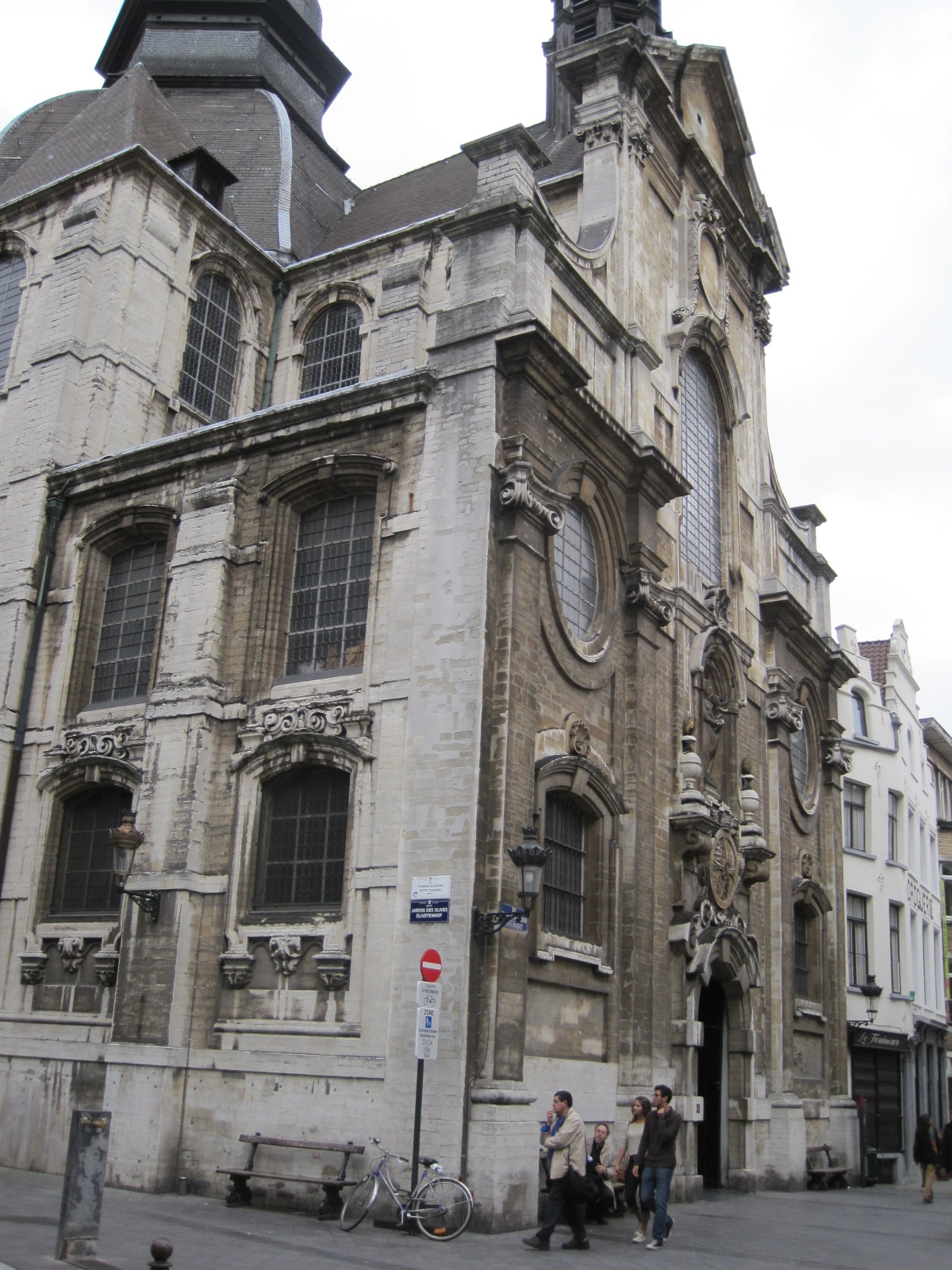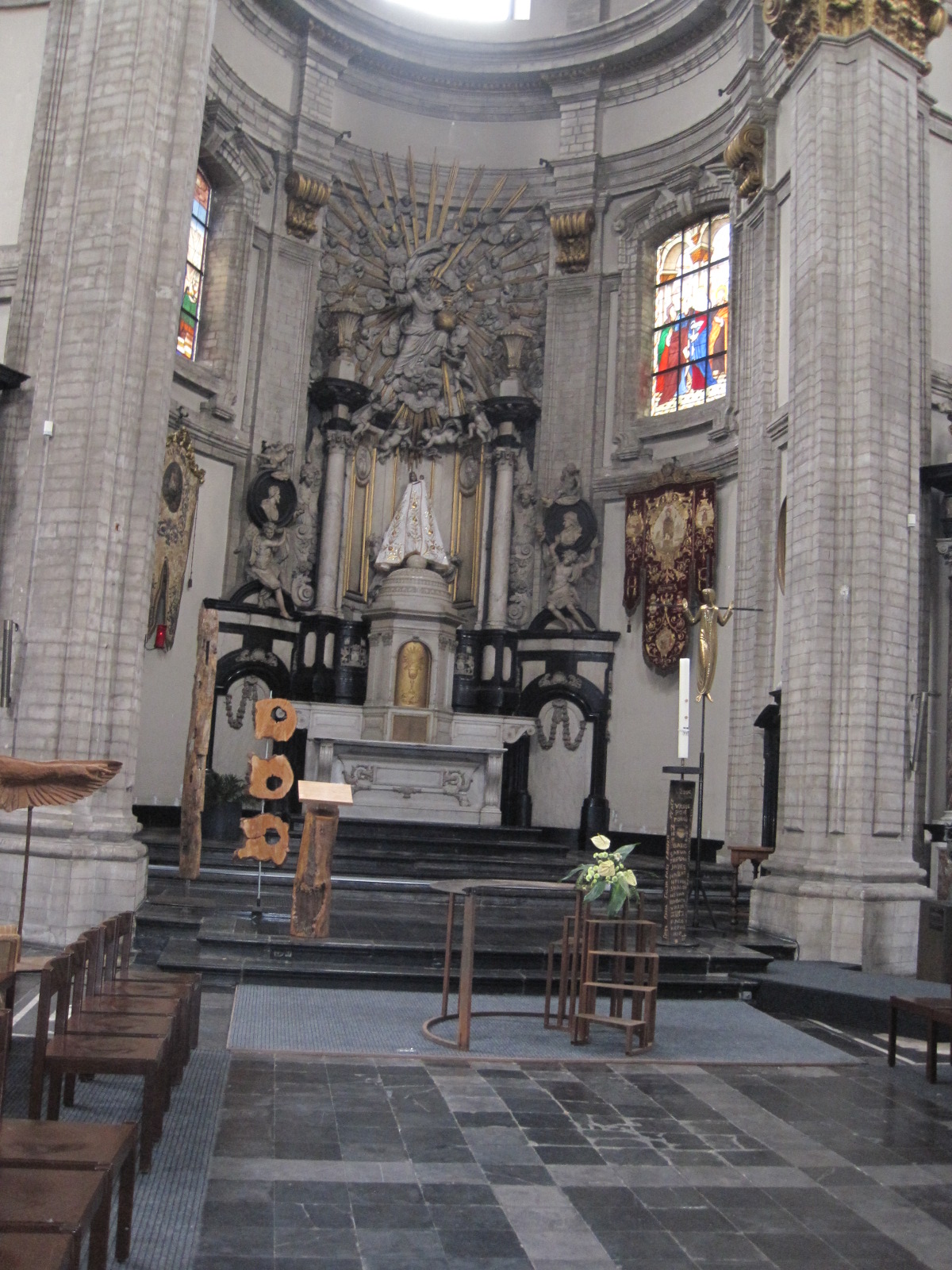Babu KG’s work travels to Stockholm…

If not for the Covid-19 pandemic, Kerala artist Babu KG would by now be in Sweden, where his solo exhibition at the Väsby Art Gallery is opening on September 18, 2021.
Due to the ongoing pandemic, the Swedish Consulate has not been issuing visas to Indian citizens for a while now, except in a handful of special cases. Unfortunately, having your first solo exhibition abroad does not fall under any of them.
The silver lining, however, is that Babu KG’s canvases, at least, were able to make the trip and have been given pride of place at the spacious Väsby Konsthall.

“Somewhere, the Dragonfly is me, my soul that has moved on aeons hence, my spirit that has wandered in search of deeper meanings of life, in search of the light at the end of tunnel, despite darkness and trials. – Babu KG”
The Journey of the Dragonfly
After participating in multiple group shows, both in India and abroad, and several solo shows in his home country, this exhibition, with the title “Journey of the Dragonfly,” marks the next big step in the Kerala artist’s path to international recognition.
In his Artist’s Statement, Babu KG elucidates the significance of the dragonfly: “For us, Keralites, the dragonfly has its own myths. They are the souls of the departed, hovering over our landmass and seascape, traveling like birds from terrain to terrain. Indeed, they are the harbingers of the Southeast Monsoon rains that nurture Kerala. In Kanyakumari, at the southernmost tip of Kerala, people gather to watch the arrival of the monsoon rains. Waves of dragonflies hover in the sky for three to four days, a famous tourist attraction there.”
And in conclusion he states: “Somewhere, the Dragonfly is me, my soul that has moved on aeons hence, my spirit that has wandered in search of deeper meanings of life, in search of the light at the end of tunnel, despite darkness and trials. The dragonfly is me, the signature of my SOUL on my canvas.”
An extraordinary body of work

The Swedish exhibition brings an overview of this versatile artist’s range. Apart from his signature large canvases with their minute detail and brilliant colors, some smaller works are also represented: striking portraits of street people, executed in ballpoint pen, as well as charming drawings in watercolor, color pencils, and mixed media. His Mattancherry mural in Kochi, where I first caught a glimpse of his striking oeuvre, is also represented.
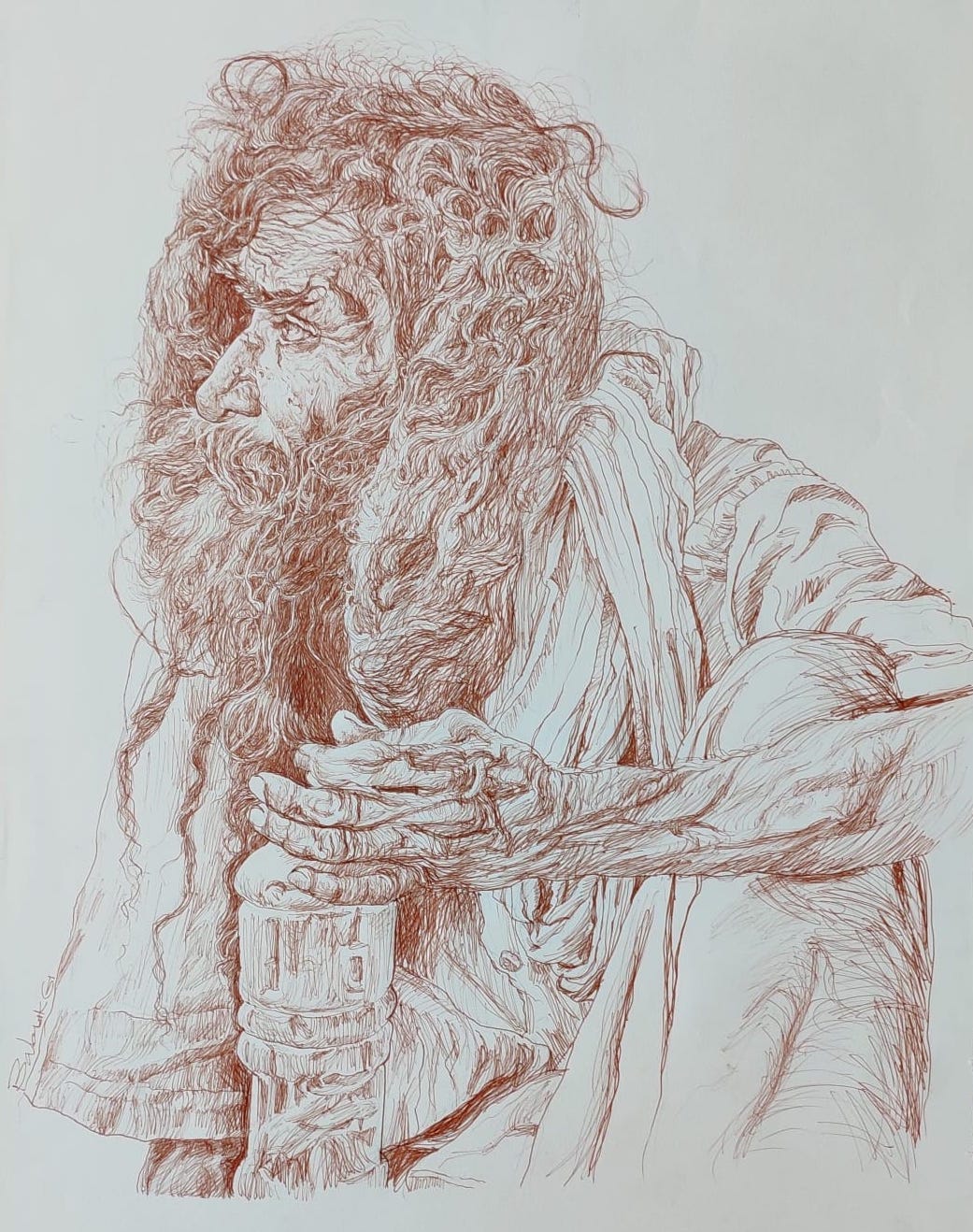
Babu’s pen drawings have the intricacy of a fine etching. For a while he tried to do one every day. But ultimately he decided this practice was too time-consuming to keep up.

The Swedish connection
The exhibition is curated by Dorina Mocan, an accomplished Swedish artist of Romanian origin. I wondered how she discovered Babu KG’s work, and what most appealed to her in it.
With her permission, I have summarized, below, part of the speech Dorina drafted for the official opening of the exhibition, which will be attended by the Indian Consul.
“The best kind of recognition you can get as an artist is appreciation from a skilled colleague. Ever since we first made contact in the fall of 2019, Babu KG and I have slowly gained insight into each other’s work and everyday life. I became aware of how different it is to work and live as an artist in our respective countries. But our devotion and love for our art are the same, and therefore there is more that unites us than what separates us. In the Painter’s World, we speak the same language and are always close, despite the fact that Sweden and India are so far apart.
We artists need each other to get energy, to talk, to weave dreams, to support each other, in our otherwise lonely work in the studio. Witnessing someone else’s passion for their work is so much needed and contagious, and there is nothing that can spur one more as an artist than to see a colleague work hard and succeed, to see a great talent develop and flourish. From this feeling and these thoughts came the question, What can I do for my artist friend Babu?
I know from experience how important it is to show your art on other latitudes and from that knowledge came my desire to support Babu and give him the opportunity to show his art to the Swedish audience. I already knew then that his world of images will touch many, just as it touches me.” – Dorina Mocan, curator
What next?
Babu KG dreams of bringing his work to North America, especially as it would give him an opportunity to meet with some of the Indigenous People of the USA and/or Canada. He shares a strong bond with the tribal people in Kerala and India in general. Their deep connection with Nature remains a continuing source of inspiration for him.
Like Dorina Mocan I, too, am looking for a way to make it happen!
(This article was first published on http://www.medium.com)







